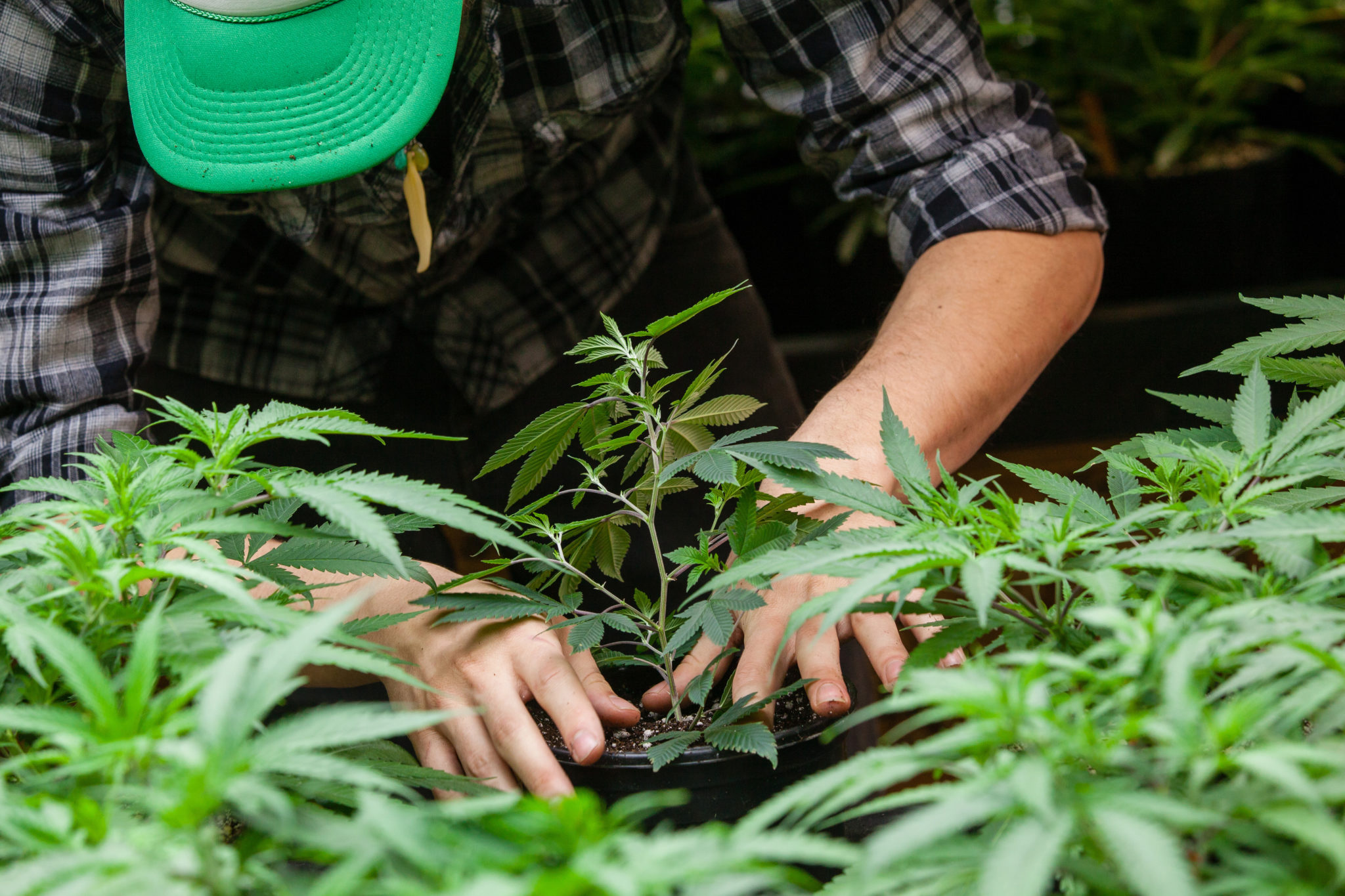By Stett Holbrook
The Santa Rosa Veterans Memorial Building, home of rock-ribbed American ideals of law, order and country, played host to a most curious road show last week.
Officials from California’s Bureau of Medical Cannabis Regulation (BMCR) and Office of Medical Cannabis Safety (OMCS) convened the third of eight pre-regulatory workshops they are holding across the state aimed at soliciting feedback from the medical-cannabis community on how the industry should be regulated.
To see representatives from two newly minted state agencies with the word “Cannabis” in their names mingle with a diverse crowd of about 200 medical-marijuana-industry workers hashing out the finer points of policy under the bright fluorescent lights of the auditorium was a clear example that marijuana in the Golden State has entered a new era.
The meeting follows Governor Brown’s signing of legislation in 2015 that created the bare-bones regulatory framework for the medical-cannabis industry. While medical cannabis was legalized in the state 20 years ago, there have been no regulations or standards. The Medical Marijuana Regulation and Safety Act provides for licenses (and an array of yet-to-be-determined fees) from no less than three state agencies: The Department of Consumer Affairs’ BMCR, the Department of Public Health’s OMCS and the Department of Food and Agriculture.
Thursday’s meeting focused on licensing for medical-cannabis dispensaries, distributors, manufacturers, testing labs and transporters. The Department of Food and Agriculture is holding separate hearings for growers. While it may have a profound effect on the medical-cannabis industry, Proposition 64, a November ballot initiative that would legalize recreational cannabis, was not under discussion.
The state’s goal is to have a set of regulations in place by Jan. 1, 2018, but it’s early in the process, and the state and medical-marijuana industry, once adversaries, are just getting to know each other. BMCR Chief Lori Ajax and her staff did their best to tell the crowd they were there to solicit regulatory feedback rather than dictate what the new regulations would be.
“We’re here to listen,” she told the crowd. “This is just the beginning.”
After introductory remarks, attendees broke into groups based on the particular license they would be seeking to discuss their ideas and concerns. Facilitators with flip boards jotted down their suggestions. Under discussion were topics like how the state should prioritize applications, how business owners are defined and how to handle applicants with criminal records.
“Why should the cannabis industry be treated any differently than the wine industry?” asked one dispensary worker.
The cost of the coming regulations was the chief concern of a pair of Mendocino County medical cannabis providers who grow and produce their products for gravely ill clients under the label Lovingly & Legally Grown.
“For some small farmers, this is an issue of survival,” said the grower, who wished to remain anonymous. She said she makes about $30,000 a year, and fees and distribution costs could cripple her business and deny her clients the medicine they need.
She wants to see a provision in the new regulations for small-scale “cottage industry” providers like her. “We would just as soon stay illegal, and we may have no choice but to stay illegal,” she said.
Her partner said entering the process and submitting their names without knowing what all the fees will be at the other end is unnerving. “They should be driving adoption of the regulations rather than cashing in.”
Ajax said she’s heard these concerns at the previous meetings in Redding and Sacramento, and wants to hear from the industry on how to avoid those pitfalls.
“They know better,” she said. “That’s why we’re here.”
Ajax served with the state’s Department of Alcoholic Beverage Control when it brought the craft-beer industry under regulation, which some point to when looking at how the cannabis industry can be regulated. But she said the alcohol industry is very different from the marijuana business.
Humboldt State University anthropologist Fred Krissman sat in the back of the room taking it all in.
“To see an industry being born is unbelievable,” he said.
He is studying the medical-marijuana industry on a state-supported grant.
Krissman and his colleagues have attended all of these workshops, and said confusion over the thickening regulatory climate and how businesses get right with the law is of great concern within the cannabis industry. “How do they get out of the shadows?” he said.
Looming over the room is the Drug Enforcement Agency, which continues to classify marijuana as a dangerous, Schedule I narcotic with no medical value.
“In the background is a federal government that still sees this as a black market,” he said.









“Why should it be treated differently than the alcohol industry?”
1. Alcohol is purely recreational and cannabis has a very long list of legitimate medicinal uses.
2. Cannabis’ recreational use is mostly harmless to its users and society Except for the fact that it’s illegal which creates the associated crime problems that come with prohibition of a widely demanded product.
3. Cannabis is easier to produce for personal use than alcohol.
4. Alcohol is way over regulated and the compliance cost and complexity are a mess. It provides a model and example to NOT follow and what to avoid.